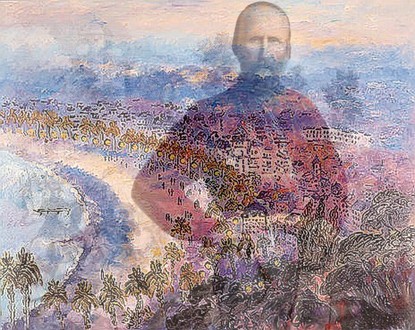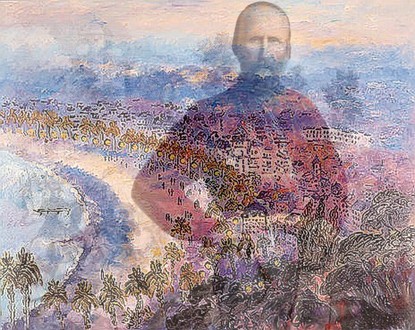Following various positions taken during the G20 in the French Riviera region (security needs > impact on individual freedoms), Nice Premium wants to address this topic without bias by publishing the viewpoints of several experts.

Do these figures reflect the failure of a policy or the proliferation of security-oriented rhetoric?
Does the multiplication of laws suffice to mask the negative effects of a policy focused on statistics and publicity stunts?
Some comments extracted from the report by Eric Hailmann, professor at the University of Burgundy; Tanguy Le Goff, researcher at the Institute of Urban Planning of the Île-de-France region; Laurent Mucchielli, research director at CNRS.
“The effectiveness of this technology is anything but scientifically proven. Indeed, the “camera” plan is very ineffective in the fight against delinquency.
It’s pointless to try to “saturate” space and marvel at walls of screens giving the impression of controlling an entire city.
In fact, municipalities of all sizes are increasingly equipping themselves with video surveillance.
They are responding to a ‘priority’ of security policy since 2007.
Let’s first remember that video surveillance is useful for many things and also contributes to public safety. All of this has existed and functioned for a long time.
Video surveillance is indeed used for very specific purposes, to manage concrete, well-identified risks.
But what the State calls “video protection” and what local governments (both left and right) have implemented as a political response to citizens’ demand for security is… something else.
It involves deploying cameras to monitor everything in general and nothing in particular, claiming it has both preventive and repressive effects in reducing delinquency.
However, scientific evaluations contradict this assertion, thereby questioning the good management of this public money for the benefit of private companies marketing this technology.
If we stick to the facts and independent statistics, video protection first has only a marginal impact on delinquency; secondly, increasing this impact would require additional police resources while they are being reduced; thirdly, the real cost of the system depletes delinquency prevention budgets.
Why?
By definition, video surveillance only monitors public spaces and is typically installed in city centers.
It thus has no impact on the most repeated physical violence that occurs in private spheres.
It then has only a marginal deterrent impact on frequent offenses, which are most often impulsive acts, and even on all minor public order offenses;
In reality, video surveillance mainly allows identifying and spotting offenders after the fact.
There are numerous foreign evaluations (England, where 60,000 cameras are installed in London, as many as planned for the whole of France, Australia, Canada, United States…) showing that the impact of video surveillance can be more significant.
The key lies in the close coupling of video surveillance with police forces present on the street, to increase the level of information of the officers but also to decrease their response time.
In other words, it’s not very useful to detect a problem faster if the police do not intervene faster.
Therefore, the French situation appears paradoxical since video protection is promoted by public authorities as a substitute and a counterbalance to the reduction of police forces.
° Le Monde



